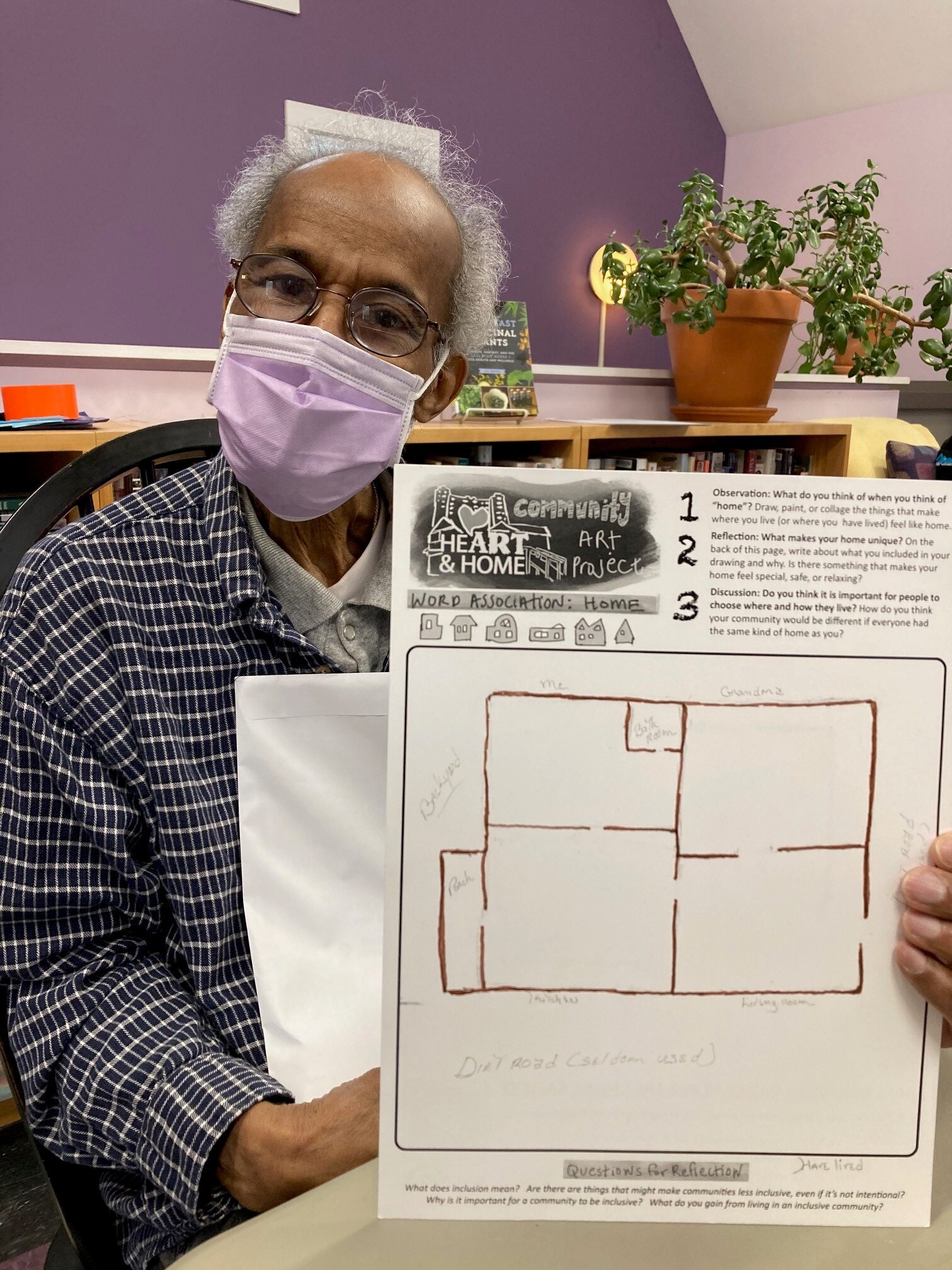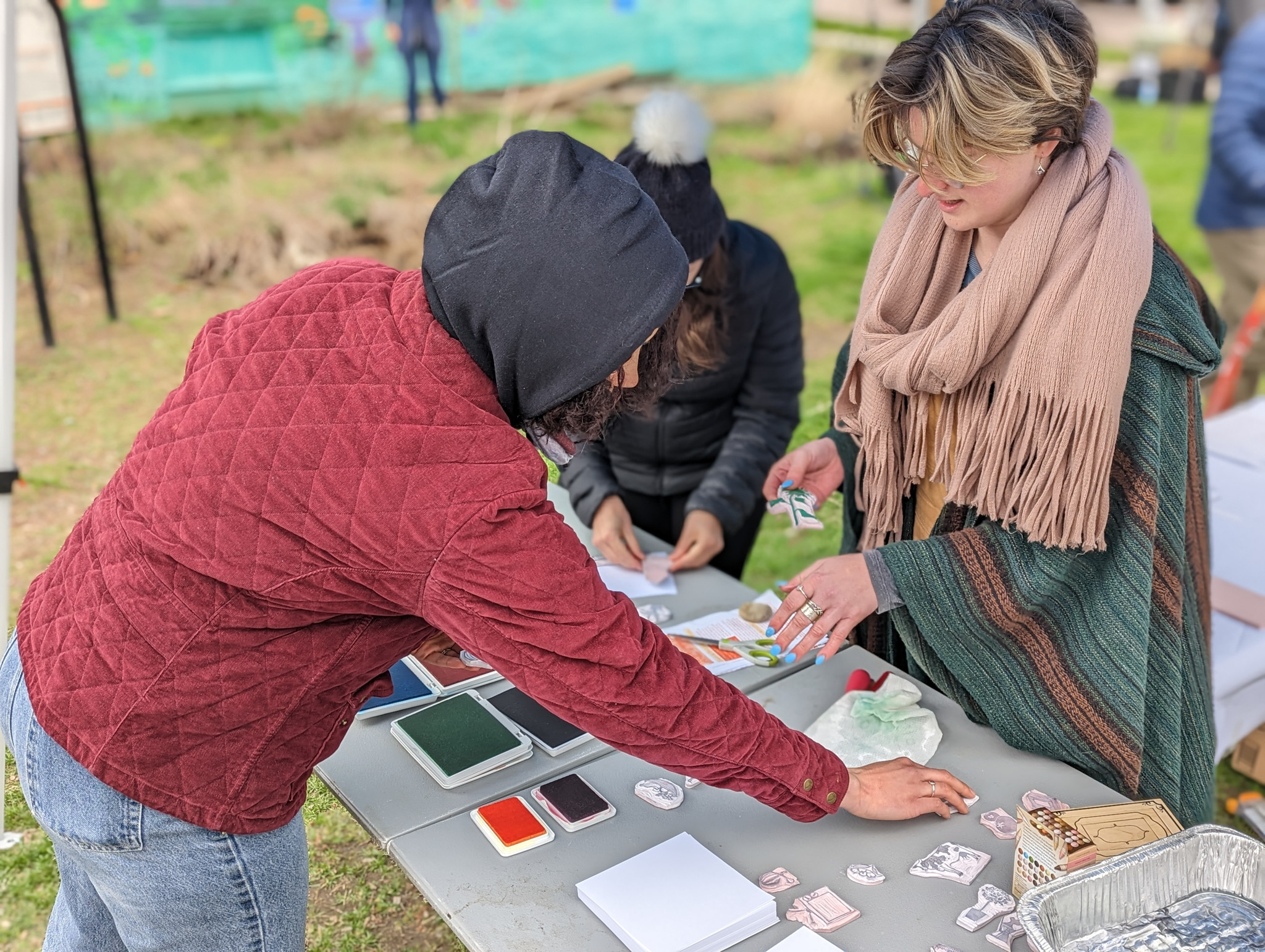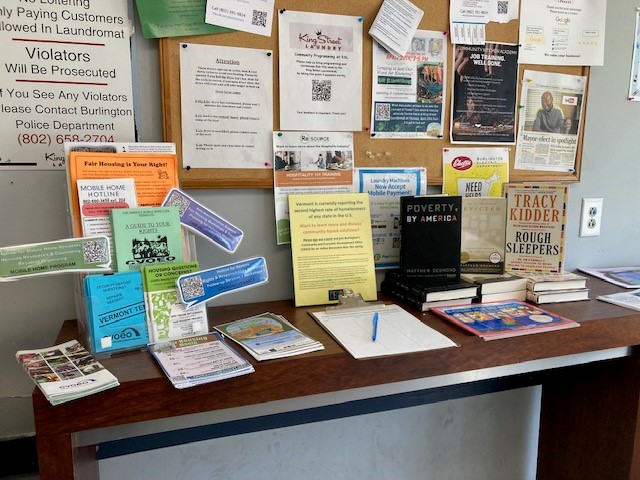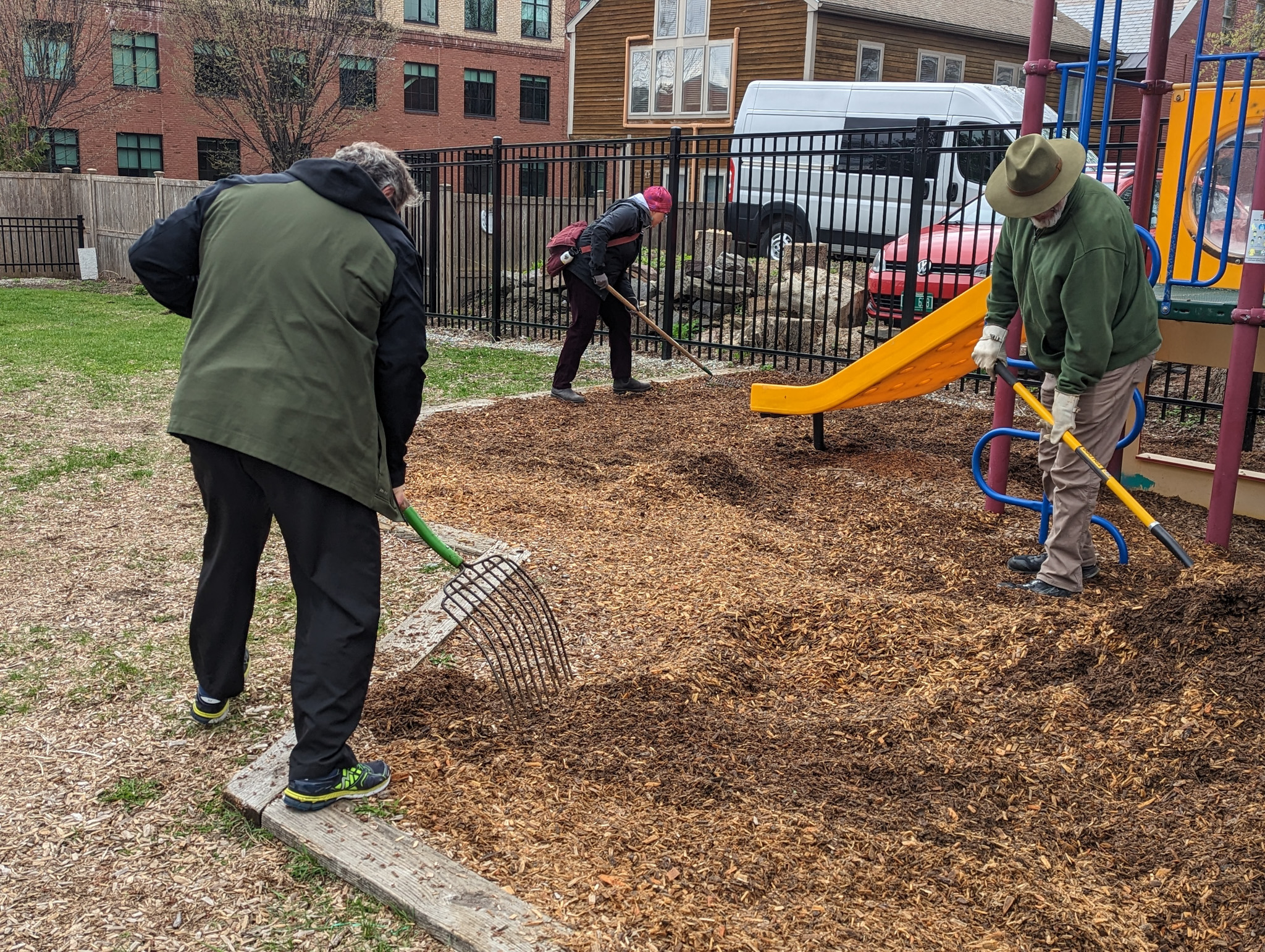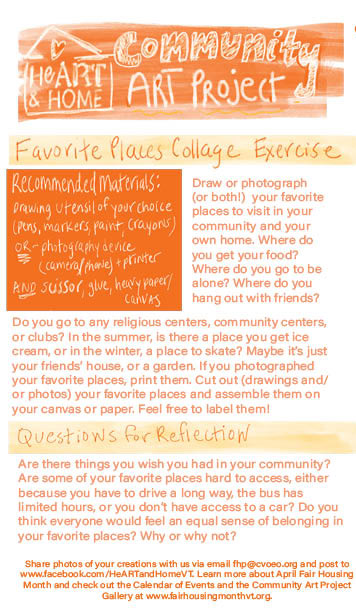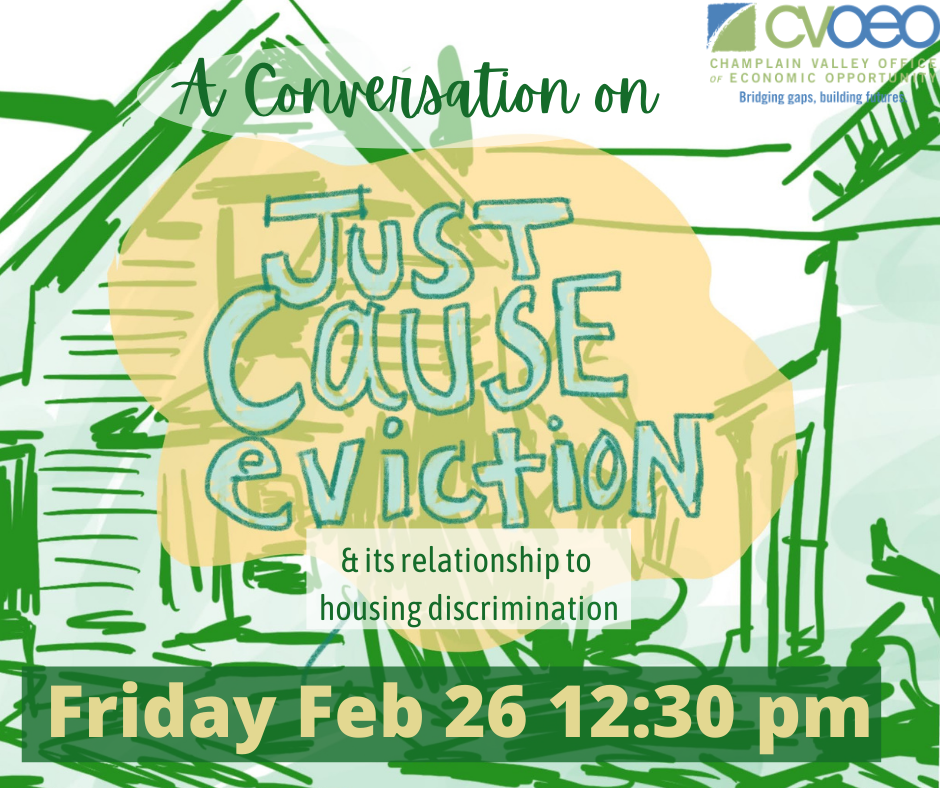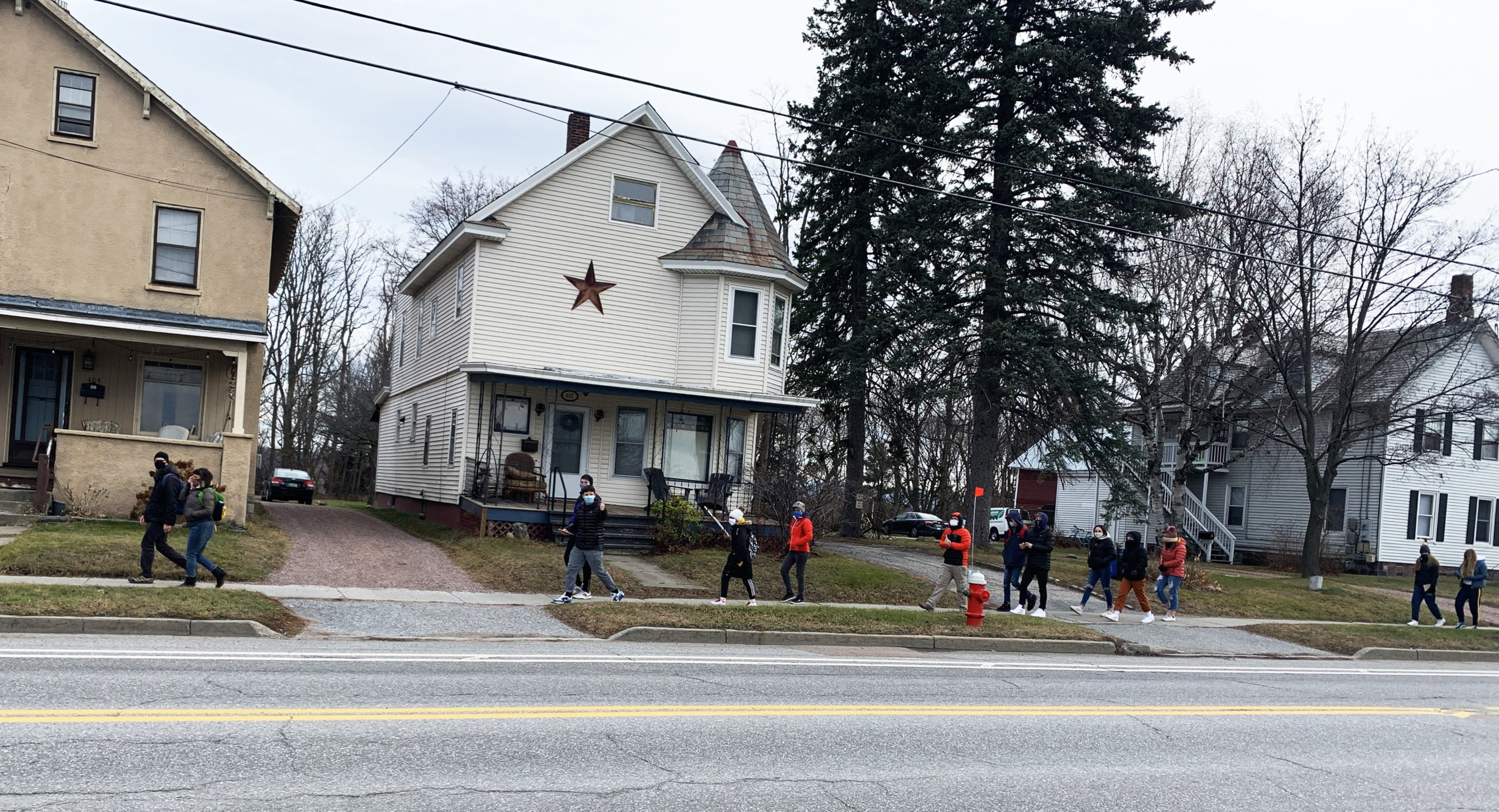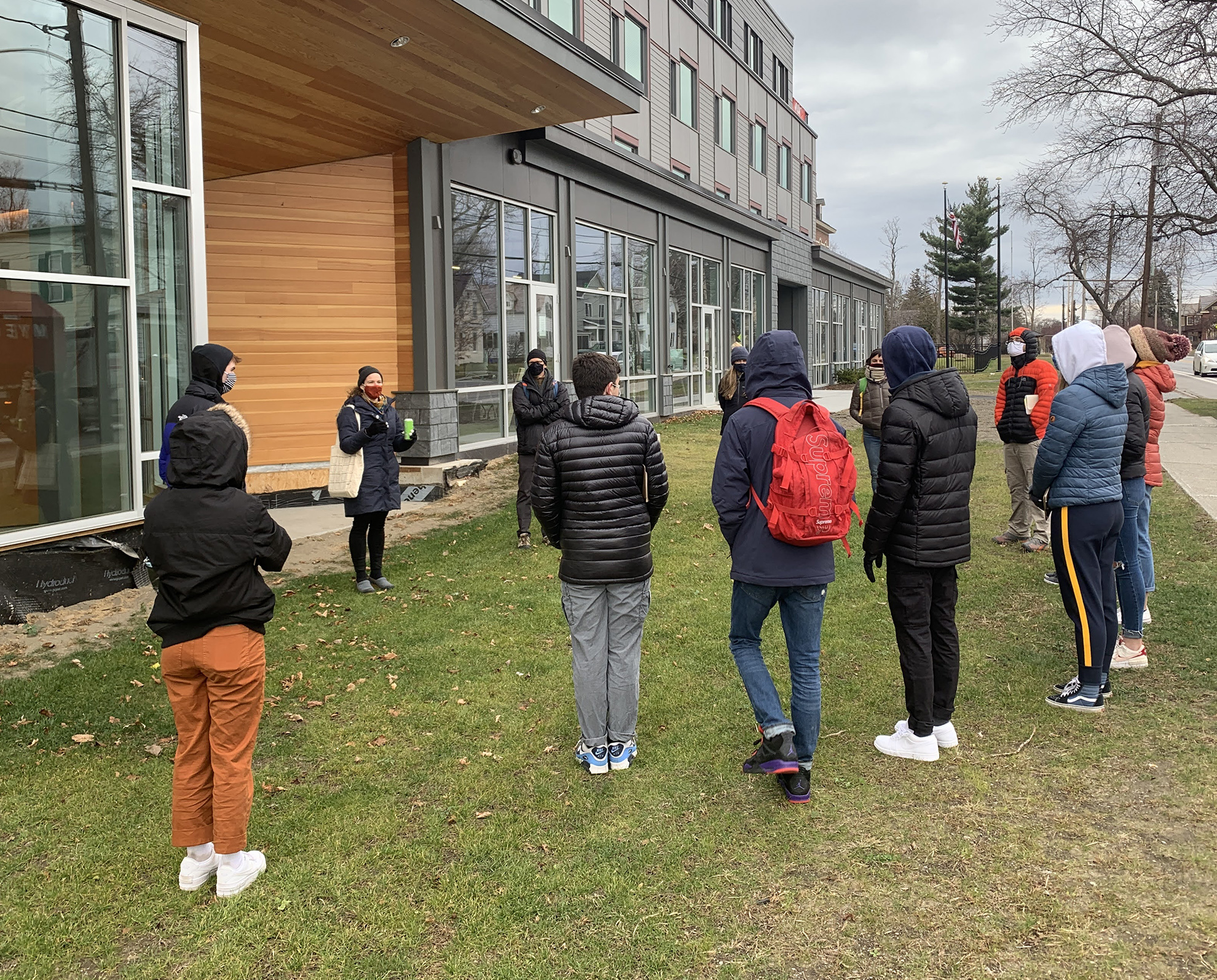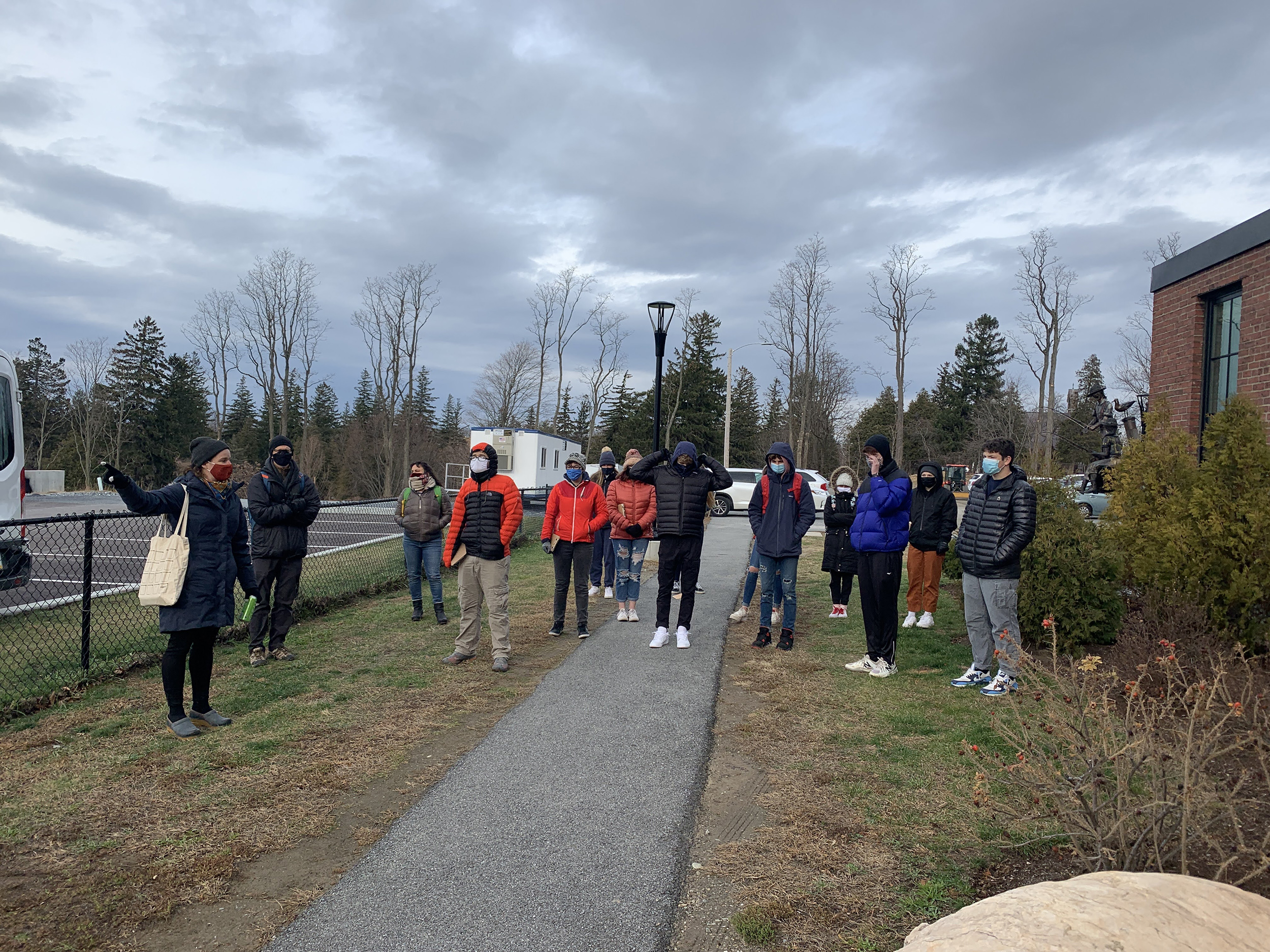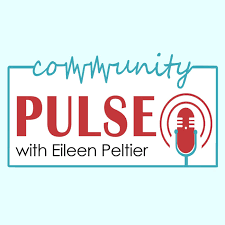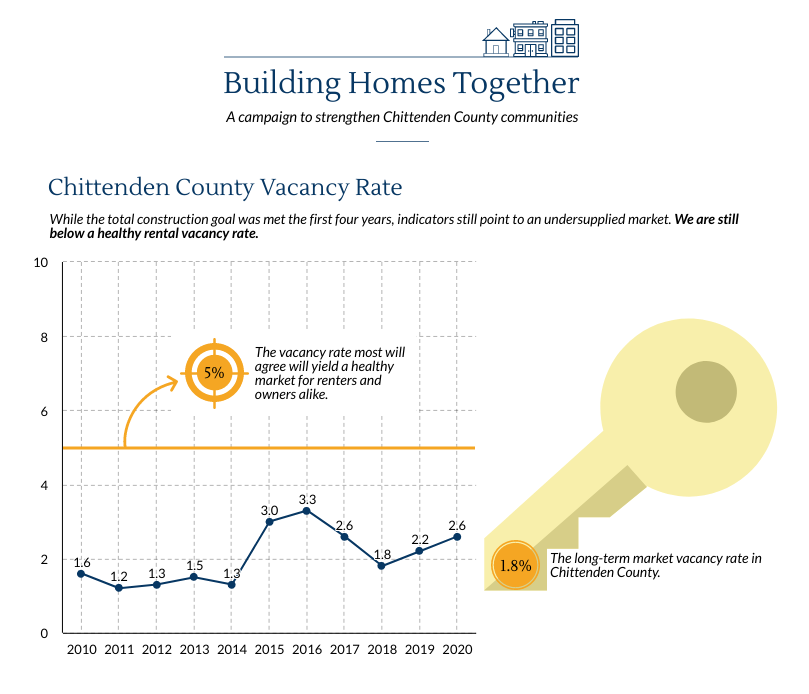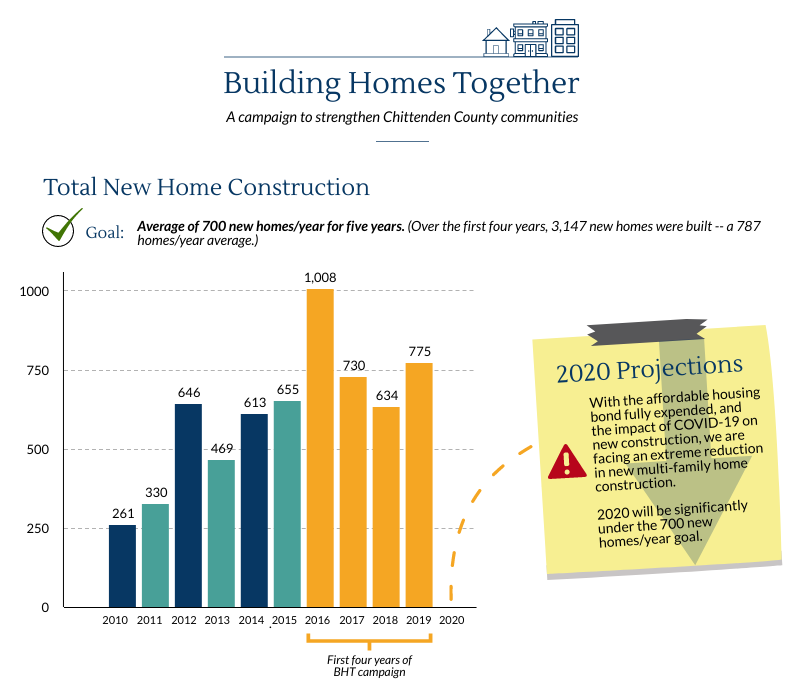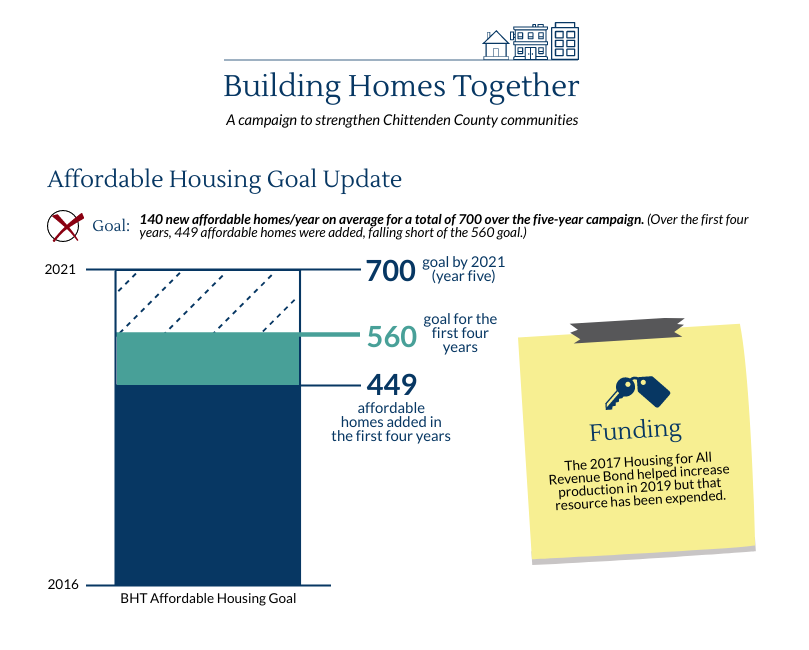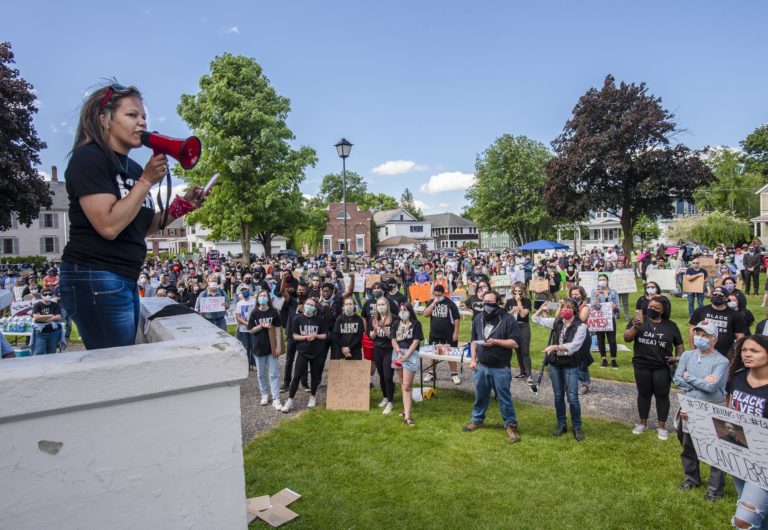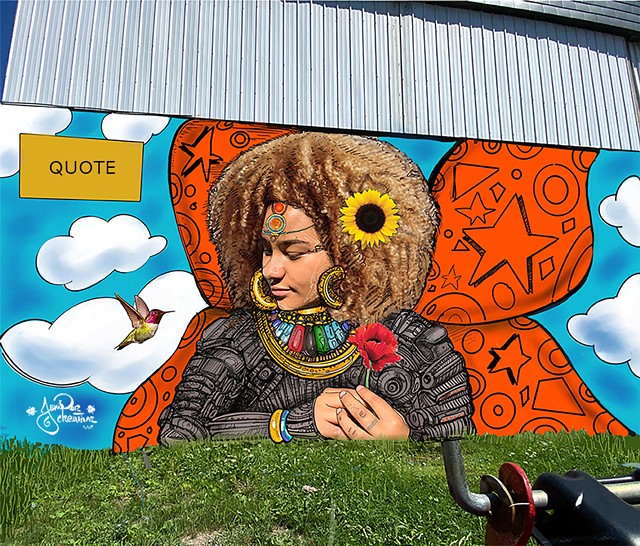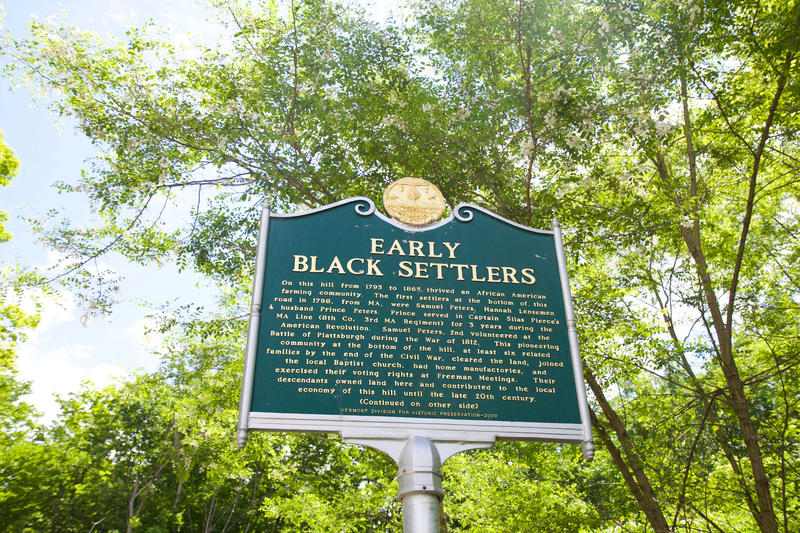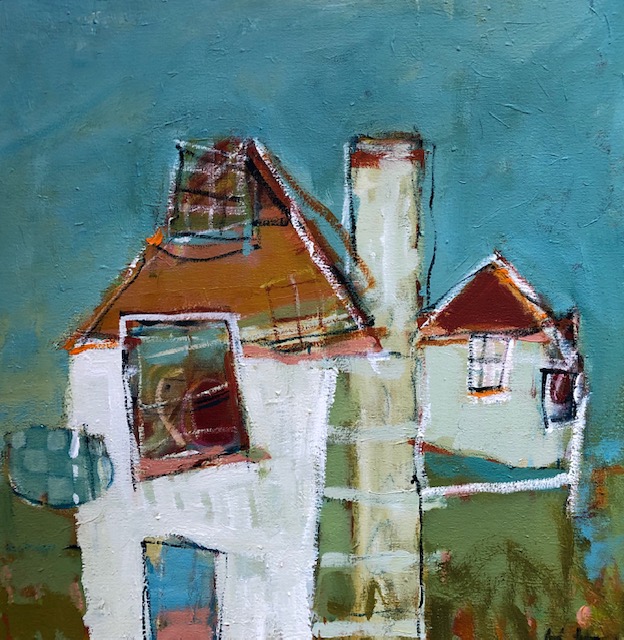We couldn’t be more grateful for the conversations we had throughout Fair Housing Month in April. We talked about how public spaces contribute to the sense of belonging, how we can reach a wider audience through creative forms of community engagement, the ways opportunities for resident feedback in how we shape our home & community spaces can foster a sense of agency– and so much more. We received countless responses to our HeART & Home Art prompts, illustrating how we each think of home, so much more than the shelter-structure. We have enjoyed seeing you in parks, laundromats, statewide calls in the digital space, breweries, in passing in our hallways and on our sidewalks. And we also appreciate the quiet listeners, tuning in from your work day when you can, sharing the events and activities in your communities.
Each year, our work grows
Each year, the network of Fair Housing Month partners grows, allowing this work to reach more people across the state. Almost 200 people participated in the CVOEO lead workshops, community conversations, Fair Housing Friday discussions, art events, and countless other educational activities, and hundreds more were engaged by partners across the state. We distributed more than 1,100 HeART & Home Art kits to invite reflection on the foundation that home provides to all of our lives, and how important it is to have agency in our home-space to accommodate our unique, individual ways of living.
These activities went far beyond the basics of fair housing and included discussion on ways to make our towns and cities more welcoming, issues related to housing access and homelessness, and how to address community housing needs.
Here are a couple of highlights that were recorded:
- The Community Day of Action press event included compelling explanations about the connection between green space, equity, and a sense of community. You can watch the recording here (also linked above!)
- The Vocabulary of Home conversation at Contois Auditorium highlighted the importance of talking about affordable housing from the lens of “home,” and the voices of the people who live there. CVOEO’s Fair Housing Project joined Burlington’s Special Assistant to End Homelessness Sarah Russell at Contois Auditorium for a discussion on how we talk about housing and homelessness. Wearing both her “housing hat” and “artist hat,” CVOEO’s Fair Housing Project’s Corrine Yonce used images from her public art, lessons from the HeART & Home art responses, and anecdotes from residents in affordable housing to highlight the complexities in our housing language. You can watch that recording here.
- We had another round of stellar Fair Housing Friday discussions, featuring voices of resident engagement coordinators, affordable housing residents, community artists, media makers and organizers, city planners, advocates– and more! These are out-of-the-box creative discussions about the state’s housing needs, avenues for directly involving the people living in affordable housing, and how we think about home and community as a state. You can find those recordings, along with a archive of past Fair Housing Fridays, here.
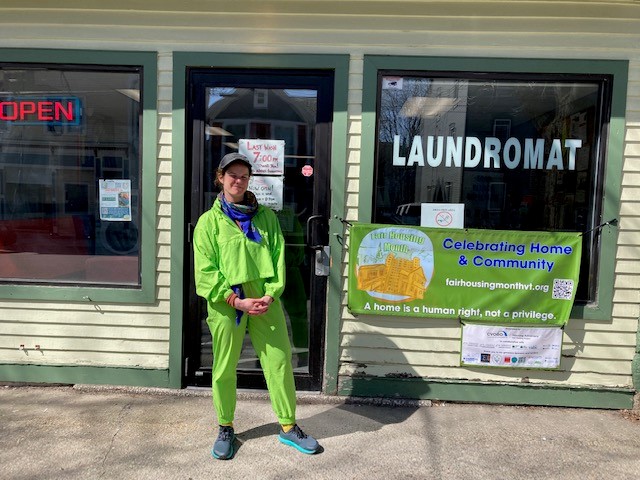 We hosted an art opening at King St Laundry as part of a public art series, where we talked about the role public art plays in furthering equality in our housing landscape, and how public spaces can act as an extension of our homes.
We hosted an art opening at King St Laundry as part of a public art series, where we talked about the role public art plays in furthering equality in our housing landscape, and how public spaces can act as an extension of our homes.- One rainy Saturday evening, CVOEO Fair Housing Project, along with the Vermont Affordable Housing Coalition and Main Street Landing, closed out a month of activities with a housing social followed by the film The Pursuit of Happyness.
An Abundance of Gratitude
We want to give a special shout out to the Fair Housing Friday guest panelists:
Meaghan Tedder, of Evernorth Housing, Will Condry and Jennifer Herrera Condry of Juniper Creative Arts, Sal Millichamp, of Laurentide – thank you for sharing your insights on how we can engage the people we house in their shared and private spaces.
- This was a rich conversation between community artists, resident service providers, and residents living in affordable housing, with specific insight on not just how to engage residents in the design of their home spaces, but how resident feedback can make our work as housing providers more efficient. You can find the recording here.
Jordyn Fitch & Maeve Littau of Junction Arts Media – thank you for sharing your documentary, your voice and your perspective on this topic! Your work documenting the housing landscape in Connecticut River Valley region comes a critical time to listen to the people most impact by our housing shortage.
- Jordyn and Maeve’s shared unique perspective comes in the midst of a string of housing events hosted by Junction Arts and Media, including a documentary screening of Racist Trees and an art exhibit, Redlining Our Souls. Learn more here. You can catch their Fair Housing Friday discussion here.
To John Haffner of Vital Communities, and Meagan Tuttle & Sarah Morgan of the Burlington Office of City Planning, and Beth Whitlock representing Hinesburg Housing Committee – thank you for sharing how the ways we talk about housing can inform the ways communities think about and engage with housing, and for introducing tools to expand our housing vocabulary.
- The panelists covered a lot of ground related to this topic, from the ways assumptions about “Vermont communities” may limit us from meeting our housing needs to the surprising ways Vermont downtown centers historically met many of the smart growth goals we strive for today. You can find the full recording here.
We also want to extend our deepest gratitude to our Fair Housing Month partners, including Vital Communities and the White River Valley Consortium for bringing Fair Housing education and HeART & Home art kits to welcome in new members of the Rochester community, and to the Home Creators Expo. We thank all the libraries who hosted workshops, art activities, and educational information, and the Vermont Department of Libraries for connecting us to these incredible resources across the state. Thank you to Junction Arts & Media, Randolph Area Community Development, RuralEdge, Vermont LegalAid, CEDO, ONE Arts, Vermont Human Rights Commission, the Vermont Department of Housing and Community Development, Burlington REIB and the Vermont Affordable Housing Coalition for helping us reach as many Vermonters as we can with our Fair Housing Month programming.
And a huge thank you to all of our sponsors: Champlain Housing Trust, Cathedral Square, Evernorth, Farrell Properties, Main Street Landing, Two Rivers-Ottauquechee Regional Commission, Pomerleau Real Estate, Redstone, Vermont State Housing Authority, Vermont Housing & Conservation Board, and Vermont Housing Finance Agency
The work is Far From Over
Finally, we remind ourselves that this work is far from over. Fair Housing Month activities wrapped up in advance of 1,800 Vermonter facing imminent displacement, 600 of whom are children, many of whom have serious health requirements – like access to ventilation equipment and regular nursing needs – many of whom are fleeing domestic violence, and who disproportionately represent the members of our community traditionally denied equal opportunity to housing. Renters face rising rent costs despite wages not growing in proportion, in the midst of an unprecedented housing shortage. Black and Brown Vermonters continue to rely on rental housing at a far greater rate than white Vermonters, who are also privileged with greater access to home ownership. Renters are not afforded Just Cause eviction protections in most of the state, and more than half of renters are cost burdened by their rental cost, thus resigned to a sense of precarity. Our dire housing landscapes calls us to continue to have these conversations, which outline creative, innovative, and new ways to address a growing problem.
